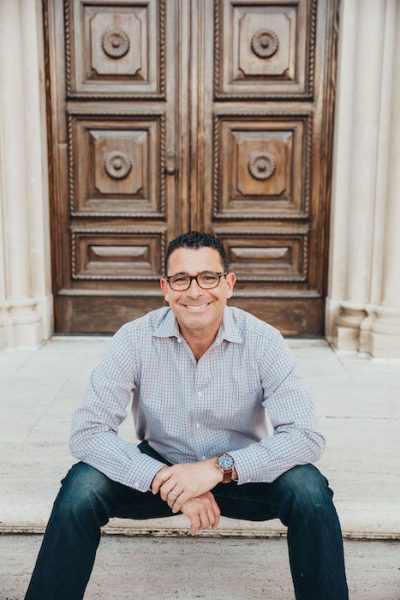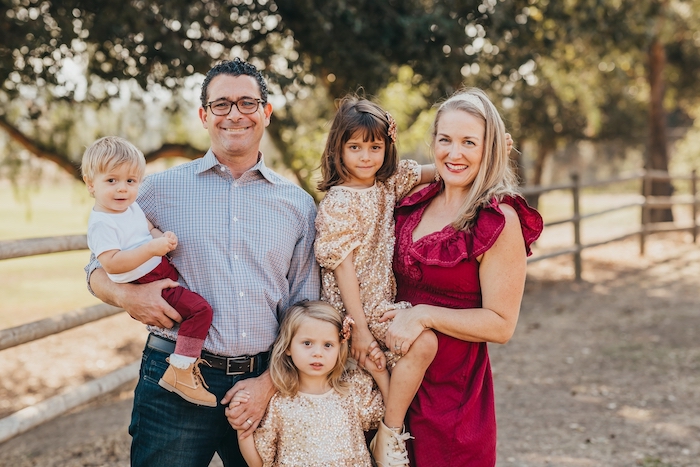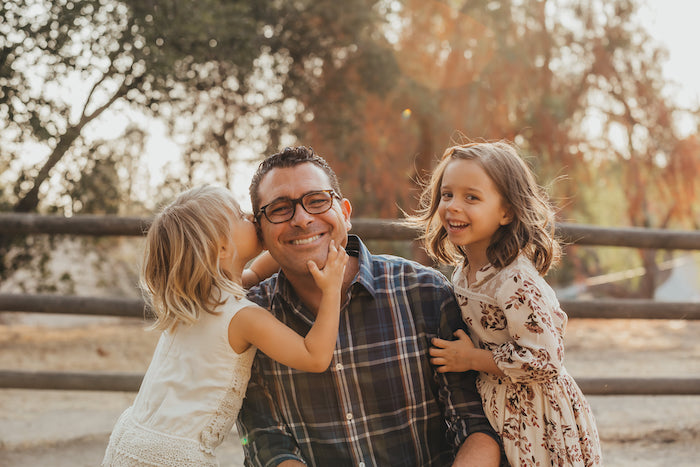Hi, I’m Francesco Barbera
I created this site to help the millions of people impacted by avoidant attachment and its related conditions. I am one of them.
For decades, I struggled to create fulfilling relationships and the professional life I wanted for myself. And I didn’t understand why.
Despite a heartfelt desire to be married with kids, I found myself chronically single, confused, and ambivalent well into my late 30s.
Despite great professional drive and ambition, I struggled with self-doubt and confusion and couldn’t shake a pervasive sense of inadequacy.
These struggles prompted a search for answers that led to graduate work in psychology, professional mentorships, courses, books and seminars, individual and couples therapy, and more. It all helped.

But it was attachment theory that answered my deepest questions and opened up new and exciting pathways of healing and understanding.
Through the pioneering work of theorists and practitioners like Pia Mellody, John Bowlby, Mary Ainsworth, Daniel Siegel, Stan Tatkin, Sue Johnson and others, and in partnership with my therapists and mentors, I began to understand how my attachment-related trauma sustained in early life had shaped my sense of self and my capacity to relate to others.
For most of my life, I preferred solitude. I was emotionally guarded, highly analytical, conflict averse, protective of my space, self-reliant, and reluctant to lean on others.
Far from problematic, these patterns and traits seemed admirable to me. They helped me achieve a measure of success and independence and feel emotionally even-keeled, even wise.
Yet, I knew there was something fundamental holding me back and preventing me from realizing my most heartfelt desires: marriage, a family, a flourishing professional life, a tightknit community, a deep sense of purpose.

But it was attachment theory that answered my deepest questions and opened up new and exciting pathways of healing and understanding.
Through the pioneering work of theorists and practitioners like Pia Mellody, John Bowlby, Mary Ainsworth, Daniel Siegel, Stan Tatkin, Sue Johnson and others, and in partnership with my therapists and mentors, I began to understand how my attachment-related trauma sustained in early life had shaped my sense of self and my capacity to relate to others.
For most of my life, I preferred solitude. I was emotionally guarded, highly analytical, conflict averse, protective of my space, self-reliant, and reluctant to lean on others.
Far from problematic, these patterns and traits seemed admirable to me. They helped me achieve a measure of success and independence and feel emotionally even-keeled, even wise.
Yet, I knew there was something fundamental holding me back and preventing me from realizing my most heartfelt desires: marriage, a family, a flourishing professional life, a tightknit community, a deep sense of purpose.
As I began to understand the origins and function of my avoidant attachment, and excavate its root causes, I gained the capacity to be more expressive and authentic in my life and in my relationships, while opening myself up to intimacy, community and connection.
These changes transformed my dating life, finally making it possible for me to propose and get married at age 41. Within my marriage, the framework offered by attachment theory enabled on ongoing journey of shared healing and intimacy with my wife. Eight years later, we have three children, a treasured community, and a life together that would have been unimaginable not long ago. And we are just getting started.

Recovery has required humility and willingness to change. It’s required facing uncomfortable truths, feeling waves of old pain – and undoing layers of old habits and beliefs. It has not been easy – yet nothing has been more rewarding, impactful and important.
A few years ago, in response to reading too much misleading and unhelpful material about avoidant attachment, I began posting online about my recovery process. The feedback I received convinced me of the need for clear and effective guidance for those seeking to understand and overcome avoidant attachment.
Though exact statistics are hard to come by, it’s posited that anywhere from 20 – 40% of the entire U.S. adult population suffers from some for of avoidant attachment. That translates to tens of millions of people living with the ongoing effects of early deficits in the caregiving they received or other traumatic experiences. It translates to untold suffering and struggle.
Yet the options for treatment are confusing and largely inaccessible.
My hope is to change that. The goal of this site is to provide the effective and accessible tools to help (former) avoidants create satisfying relationships, happy marriages and fulfilling lives.
I come at this project not so much as an expert (though I strive for that as well) – but as a fellow traveler on the path of recovery. I am honored you are here and look forward to sharing the road with you.
~ Francesco
From Ambivalence To Commitment:
An Email Course About Building A Life Of Purpose
- Avoidants commonly experience chronic ambivalence in dating, marriage and other areas of life.
- Left unaddressed, such ambivalence will hurt our relationships and prevent us from achieving important life goals.
- This 5-lesson email course will address the root causes of avoidant ambivalence — and help you move beyond ambivalent patterns to greater purpose, clarity and commitment in relationships and in life.
Enroll in the free email course and get your first lesson today.
You will receive 5 email lessons over the next twenty days
